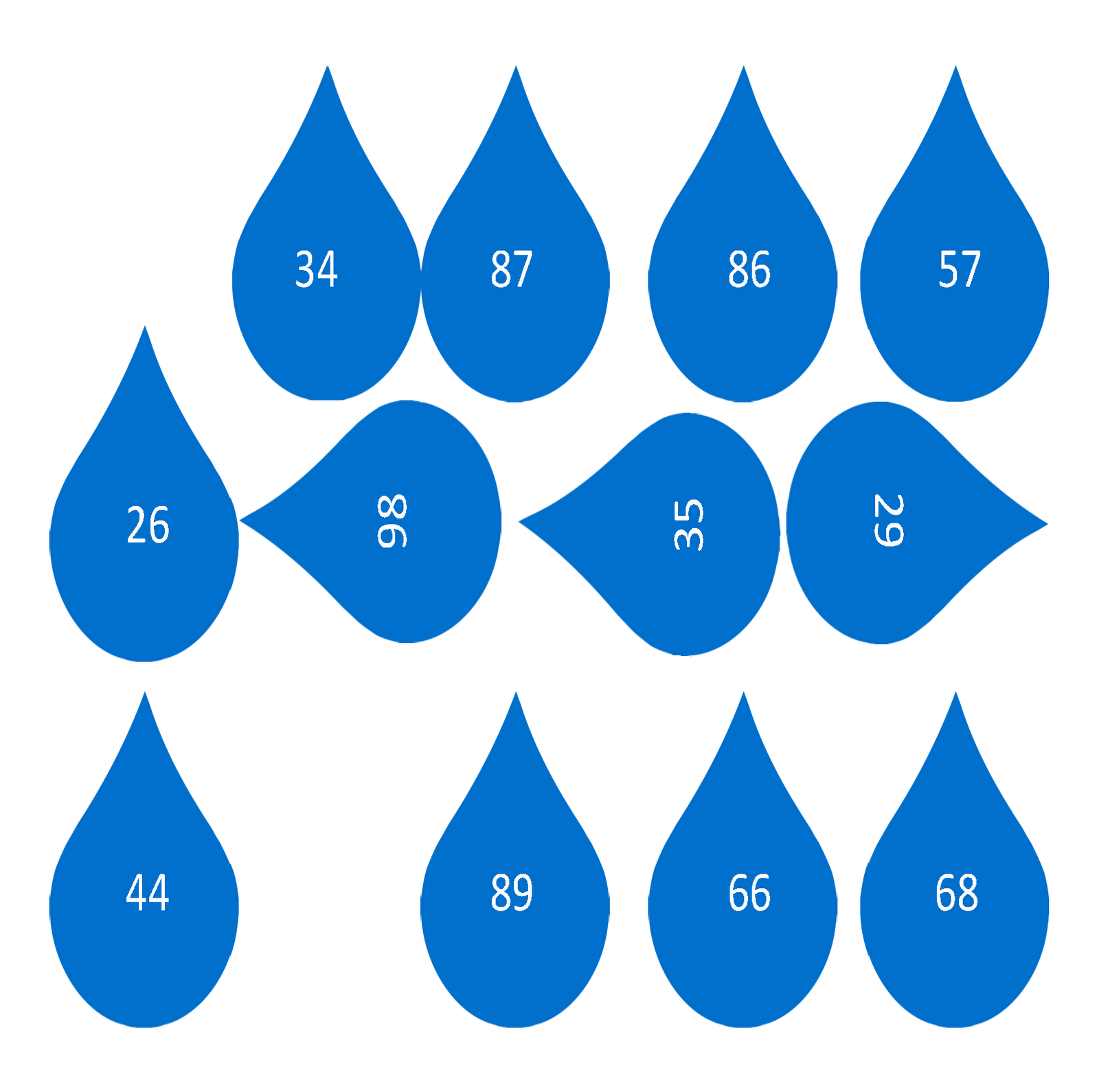


Comparing modern Earth, ancient Mars and these bigger planets, they found raindrops move water through air similarly, even though what constitutes ‘air’ varies widely among the planets.Įven when different liquids make up raindrops, these alien raindrops are not so different from familiar water raindrops, according to the researchers’ calculations. then looked at how water raindrops would fall on much bigger planets like Jupiter and Saturn that have vastly different atmospheres. … found raindrops with a radius smaller than about a tenth of a millimeter evaporate before they ever reach the surface, and raindrops larger than several millimeters in radius break up into smaller droplets as they fall. There’s a fairly small range of stable sizes that these different composition raindrops can have they’re all fundamentally limited to be around the same maximum size.įor example, on small rocky planets like Earth, Venus or Mars, these scientists said they : It suggests that, on whatever planet or moon rain falls, that particular world’s atmospheric and gravitational constraints keep raindrop sizes within a range that’s common among worlds. A new study – led by Kaitlyn Loftus of Harvard University – was announced on April 5, 2021. But here’s one thing all these different types of raindrops might have in common: their size.

And, in the case of exoplanet WASP-76b, raindrops are thought to be made of superheated liquid iron. On Neptune and other gas giants, a diamond rain may fall.

Earth has raindrops of water, while, on Venus, the rain is made of sulfuric acid.


 0 kommentar(er)
0 kommentar(er)
